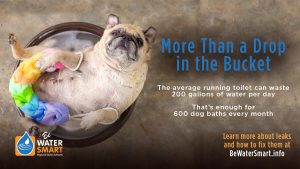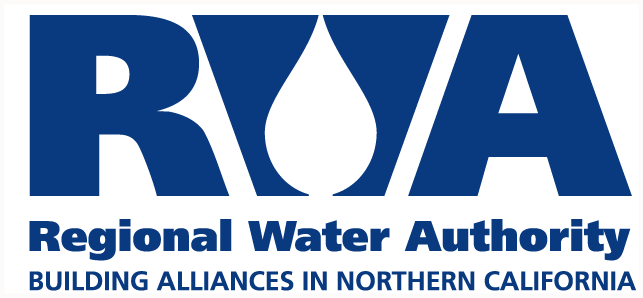This news release was updated January 18, 2022 to correct a data error: Instead of a 22 percent savings in November, the savings was actually 26 percent.
Sacramento-area residents reduced their water use by 26 percent in November 2021 compared to the same month in 2020, according to an analysis by the Regional Water Authority (RWA), which represents 20 water providers serving 2 million people in the greater Sacramento region. The findings come from reviewing November water use data submitted to RWA and the State Water Resources Control Board (State Water Board).
November reductions are in addition to a 13 percent decrease in regional water use since the last drought.
“We’re asking everyone to keep up the great work by turning sprinklers off during rain and fixing household leaks,” said RWA Water Efficiency Program Manager Amy Talbot. “We know through research that it’s easy for people to ignore those annoying little faucet and shower drips. But, it’s important to remember that all of those little drips can quickly add up and that fixing leaks is often easier than you think.”
According to the U.S. Environmental Protection Agency, 10 percent of homes have leaks that can waste 90 gallons or more per day—enough to fill 1,440 glasses of water. A leaking or running toilet is the most common type of leak found inside homes followed by dripping faucets and showerheads, Talbot said.
In addition to asking customers to conserve water and stop waste, local water providers are also preparing for the weather extremes that are projected to come more frequently with climate change.
“The precipitation whiplash—from extreme drought to historic precipitation—is a case study in climate change,” said RWA Executive Director Jim Peifer. “Innovative storage solutions, such as the Sacramento Regional Water Bank, will help the Sacramento region adapt to this new reality.”
The region’s water providers have developed a comprehensive water resilience portfolio to address drought and climate change called WaterFuture. You can learn more about it at rwah2o.org/WaterFuture.
In addition, water-wise tips, rebate information and links to “how to” videos for finding and fixing leaks are available at BeWaterSmart.info.



